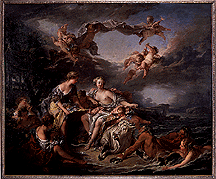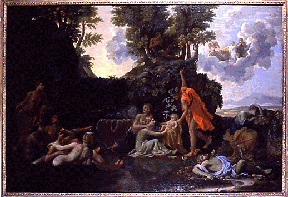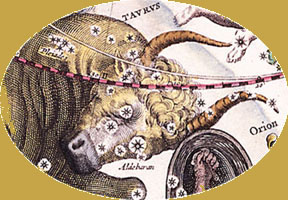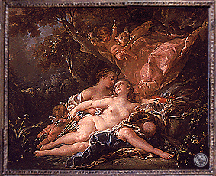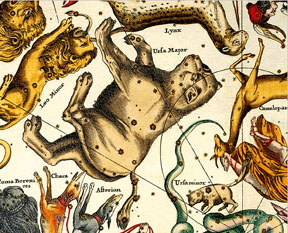The princess Europa is seated on the back of a beautiful white bull with her playmates nearby, tending to her and handing her garlands of flowers.
Click on image for full size
Image courtesy of the Reunion des Musees Nationaux, France.
Europa
Europa was the beautiful daughter of the Phoenician king of Tyre, Agenor. Zeus (Jupiter), the King of the gods according to Greek mythology, saw Europa as she was gathering flowers by the sea and immediately fell in love with her.Overwhelmed by love for Europa, Zeus transformed himself into the form of a magnificent white bull and appeared in the sea shore where Europa was playing with her maidens. The great bull walked gently over to where Europa stood and knelt at her feet. The appearance and movements of the bull were so gentle that Europa spread flowers about his neck and dared to climb upon his back overcoming her natural fear of the great animal.
But suddenly, the bull rushed over the sea abducting Europa. Only then the bull revealed its true identity and took Europa to the Mediterranean island of Crete. There, Zeus cast off the shape of the white bull, and back into his human form, made Europa his lover beneath a simple cypress tree. Europa became the first queen of Crete and had by Zeus three sons, one being Minos. At last, Zeus reproduced the shape of the white bull, used by Zeus to seduce Europa, in the stars. Even today we can recognize its shape in the constellation Taurus.
The name Europa was given to one of Jupiter's 16 original moons. Europa is special, because it is one of the few moons in our solar system that may have liquid water.


